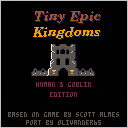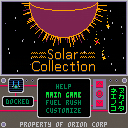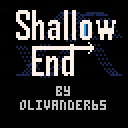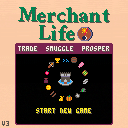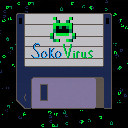
Controls
◀ ▲ ▼ ▶: move cursor with arrow keys
z key: open shop/confirm
x key: open map/close menu
About
Idle Dungeon is an idle clicker/auto battler where you are a new dungeon keeper slowly amassing an army to destroy the four regions of humans. The heroes of the realm will not allow you to go unchallenged and will regularly raid your dungeon in progressively tougher waves. Losing two hero raids will cause a gameover.

In the game you will construct resource buildings to boost your economy and minion buildings to house a unit for combat. A tunnel is required before you can start attacking hero regions. As always, let me know if you find any bugs :).
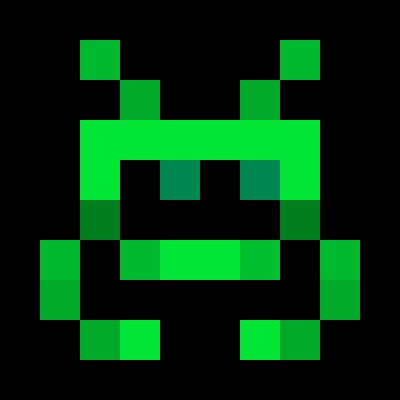



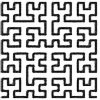
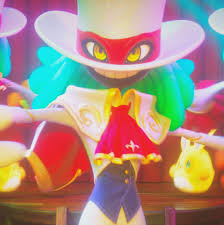
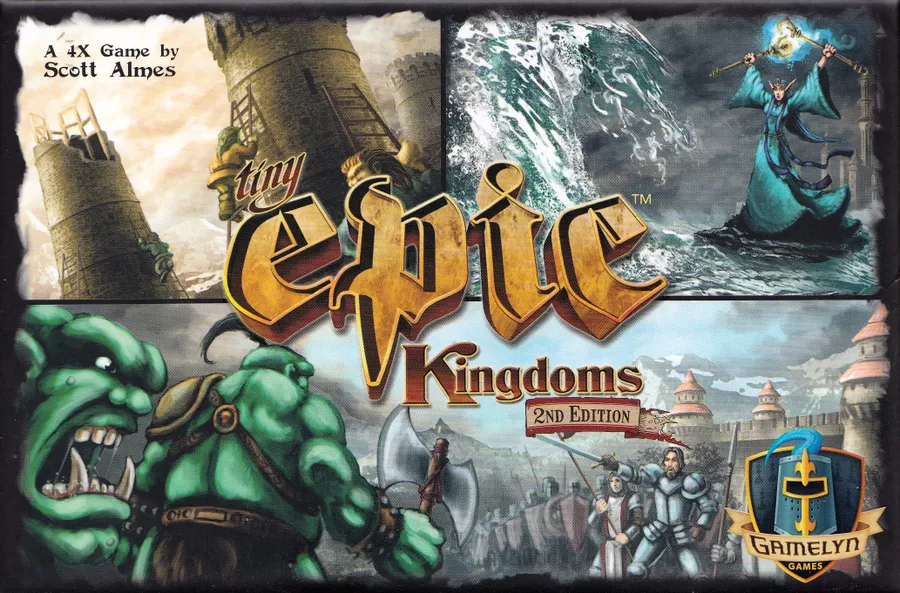
Motivation For the Game
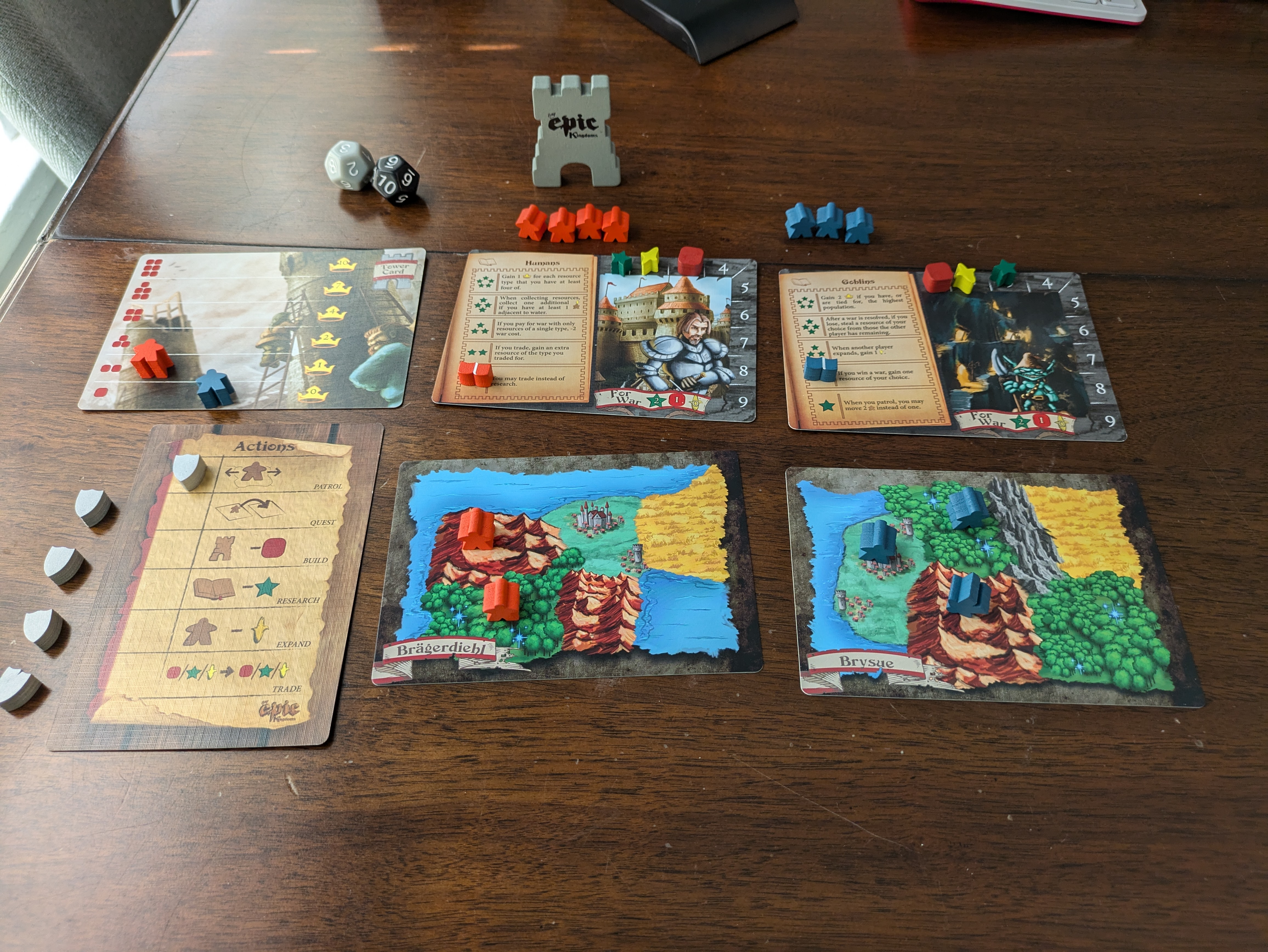
Tiny Epic Kingdoms is one of my favorite boardgames to pick up and play. I love big strategy games but often don't have the time or the people for a massive game of Twilight Imperium (Sardaak N'orr all the way!). I really like that Tiny Epic is a game I can play in less than an hour that gives a similar experience to something like Twilight Imperium or Dune or any other grand strategy boardgame without dedicating a whole day to it.
Deciding to make this Tiny Epic Kingdoms into a Pico 8 cart came from playing the solo variant at a coffee shop while I was killing some time and realizing it would be fairly simple to implement it into Pico 8.
Development
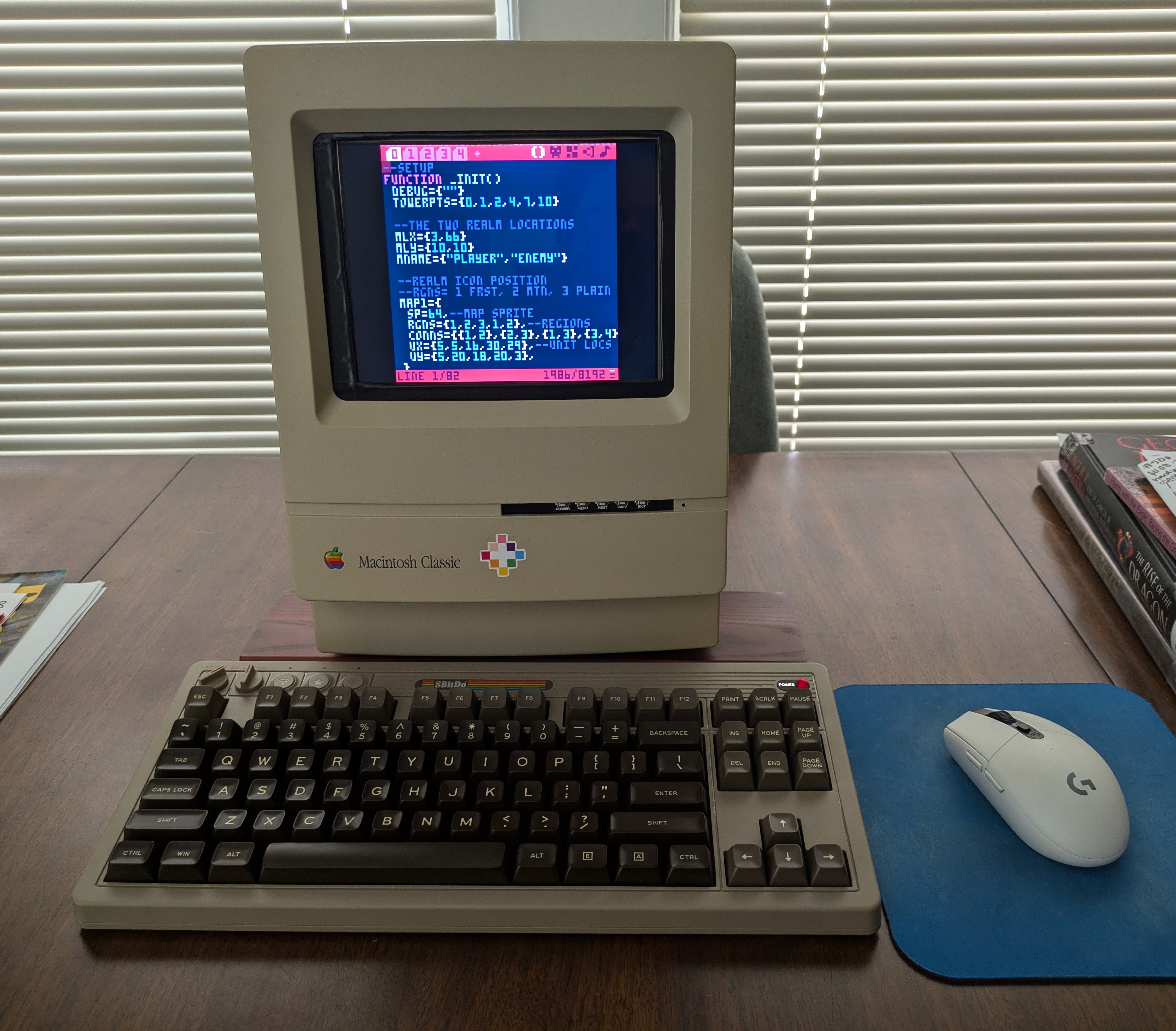
80% of the development was done within the Pico 8 engine with some of the development done on my little Pico 8 mac with a Raspberry Pi 3 inside! I jumped into VSCode in the last stretch for Debugging the AI and cleaning up tokens. It makes things convenient when you need to mass rename something or look at two parts of code quickly. I still enjoy using the Pico 8 internal editor the most. It's so cozy and nice to be able to do everything in the little program.
This is a fan port of the boardgame Tiny Epic Kingdom. If you enjoy the port, you should support the creator of the game, Scott Almes, by buying the actual game!
Official Rules and PDF
(https://www.gamelyngames.com/wp-content/uploads/2020/09/UTEK_rulebook_v2.pdf)
This version uses the basic rules found in the rules PDF linked above.
Instructions
You play the game by selecting actions to either move your units (colored squares representing armies) around the board or to research upgrades to try to get the most victory points before either you or the opponent fulfill one of the following:
- 6 units of one color are in play
- research level 5 is reached
- tower level 6 is reached
Action Area
In this area you select what action you want to do on your turn. You select different actions by using ▲ or ▼ and selecting with the Z/O key. You can press ◀ or ▶ to move to other menus.
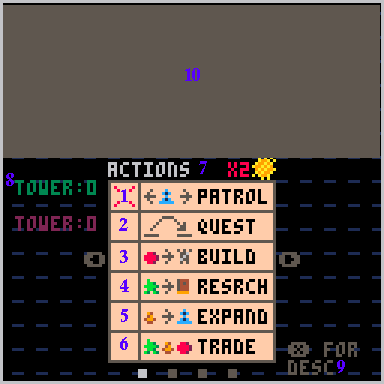
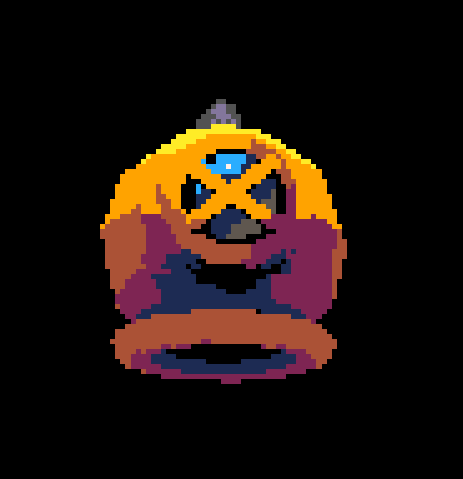




Controls
◀ ▲ ▼ ▶: to move.
z/o: make selection.
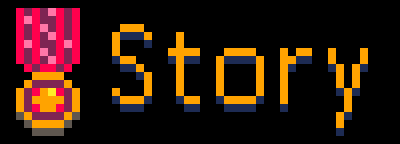
Orion CORP. General Pilot Contract:
You will be using a rental Star Catcher vessel. You are welcome to choose whichever craft that suits you from the ship-lot. This document binds you until completion of a full tour of duty. you will be billed for any towing services if you run out of fuel. you will be responsible for the maintenance of your craft. Awards will be given to those who meet the assigned quota. Sign below if you agree.
ORION CORPORATION ltd.
....................



Controls
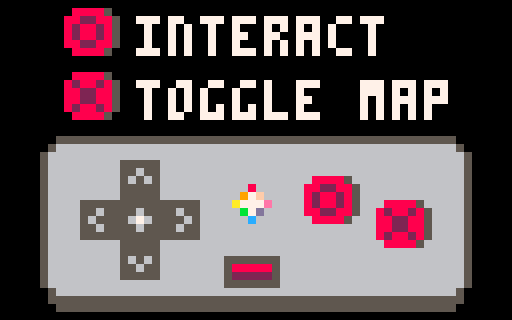
◀ ▲ ▼ ▶: move player/make choices
z/o: interact with world
x/x: show/hide minimap
Story

It has been 3 years since darkness has left the land. Your brother has been missing since the darkness was lifted. Many rumored he defeated the four evils and brought peace back to the land. Now darkness is returning. You have the hero's blood, so you are the next hope.
Explore the 64x64 resolution world with a cozy 63 screens map.
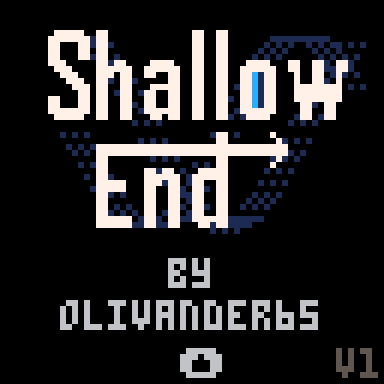
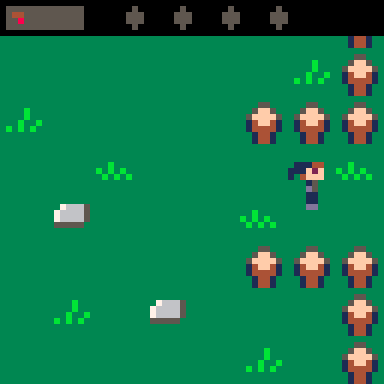
Discover the secrets to your brother's disappearance. Learn more about yourself and gain insights.


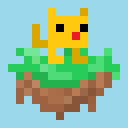

Initial Inspiration
My inspirations for this game are games like Zelda and Undertale. I wanted to include dating sim style gameplay as well because I think it is fun. I was interested in the idea of this being the second time the boss monsters have interacted with heroes. I thought this gave a cool dynamic to the bosses and gave them the opportunity to give their perspective of heroes running in and breaking stuff.
A portion of my notebook is dedicated to 1-2 page game drafts. These can be as short as a name and a couple of sentences of ideas or filling the entire space. I really enjoy making rapid fire game concepts. The 2 pager for this game had the viewscreen being 64x64. After I saw the game SokoBird, I knew I wanted to try something low-rez. After deciding on a game idea I want to pursue, I'll move to the section in my notebook where I can write multiple pages and have room to blog my progress. I enjoy looking back at the draft page to see what ended up being altered or abandoned.
Development


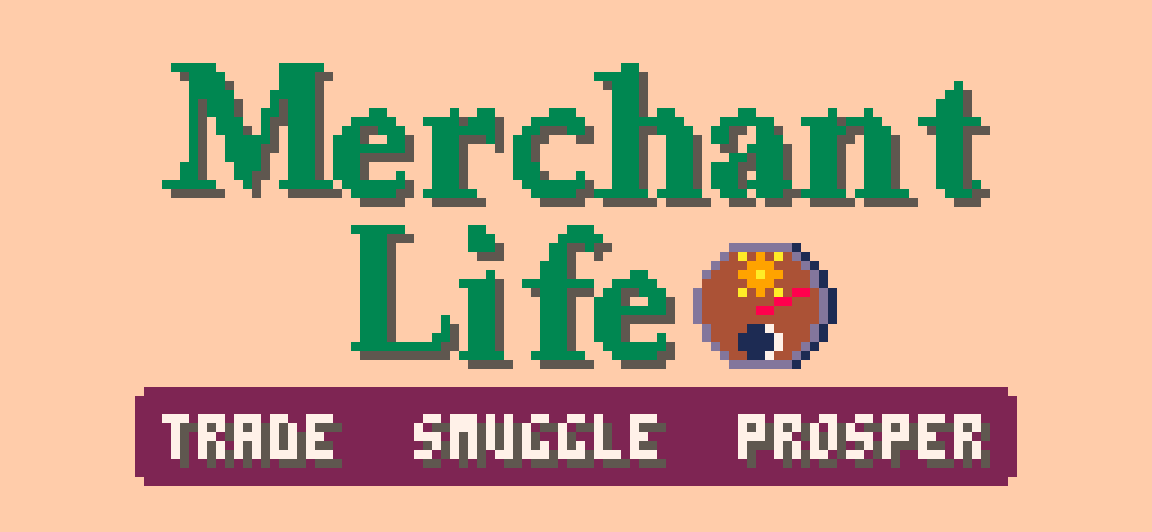
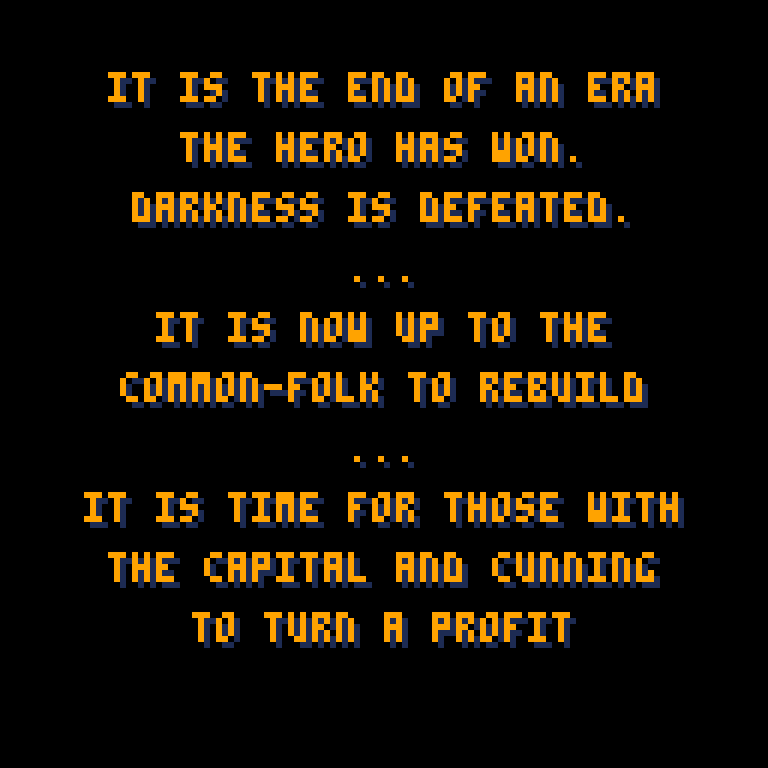
Controls
Use the z, x, and arrow keys to navigate through the menus.
The Game
This game is about buying and selling goods and traveling between outposts There are two types of goods: contraband and normal trade goods. The rules of the game are simple, you have 300 days to make as much money as possible and have the outposts up to level 3. Leveling outposts is completed through "outpost requests". These will upgrade the outposts so that they produce more.
The "hard mode" of the game is to complete all the outposts without selling any contraband.
itch.io page
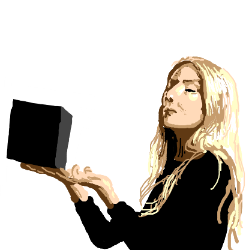

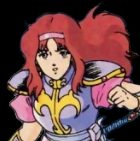

This is a simple Sokoban game about a little virus and the crazy adventures he goes on. This is my first Pico 8 game. You can start a new game or play any of the levels from the main menu. This was created over the last month. Big shout-out to Lazy Devs Academy and Nerdy Teachers for the awesome tutorials and sound advice! You can read the postmortem in the following thread: https://www.lexaloffle.com/bbs/?tid=52398
Controls:
Operate the menus/restart level with the O buttons and arrow keys.
Featuring:
Groovy Menus:
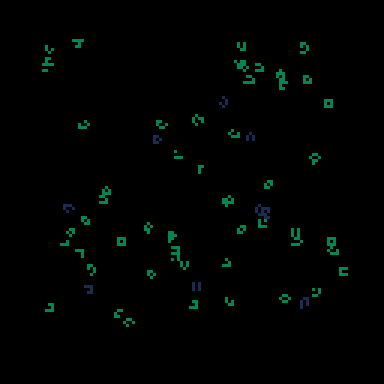
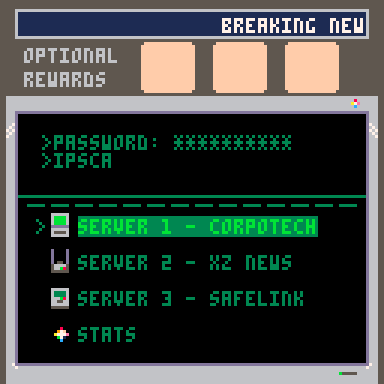
Amazing Gameplay:
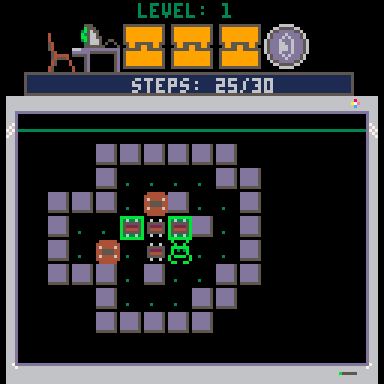
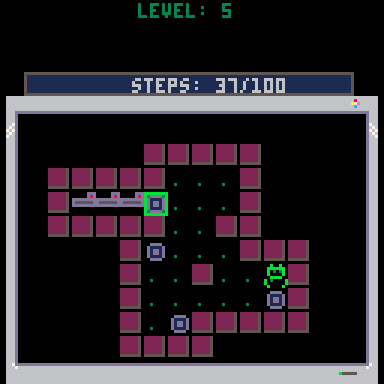




Developing SokoVirus
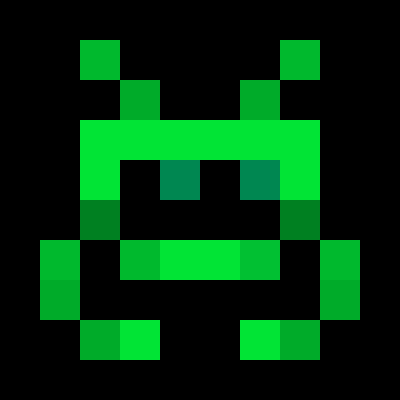
I started working on this game near the beginning of March. I set out to make a sokoban game of some kind after watching Lazy Devs Academy’s video on 5 good starter genres. I used the first few episodes of his roguelike tutorials to get my character moving and doing what I wanted.
The first big hurdle was in understanding movement animations. The roguelike tutorial was based on an 8x8 movement grid, so any movements were offset by 8. I would still say animation is a difficult subject for me, but I want to grow in it.
For the story, I had the general idea of a hacker trying to get into different servers. My first few character concepts are shown in the early screenshots (I enjoyed the little mouse cursor dude). The theme sort of came about as I was developing the game. Another thing that came about randomly through the development was the actual levels. Most of them came from me looking at random shapes and seeing if I could make a puzzle out of them. I also played some other Sokoban games for inspiration (I learned I do not have the best patience for them. This is why I added the save feature).

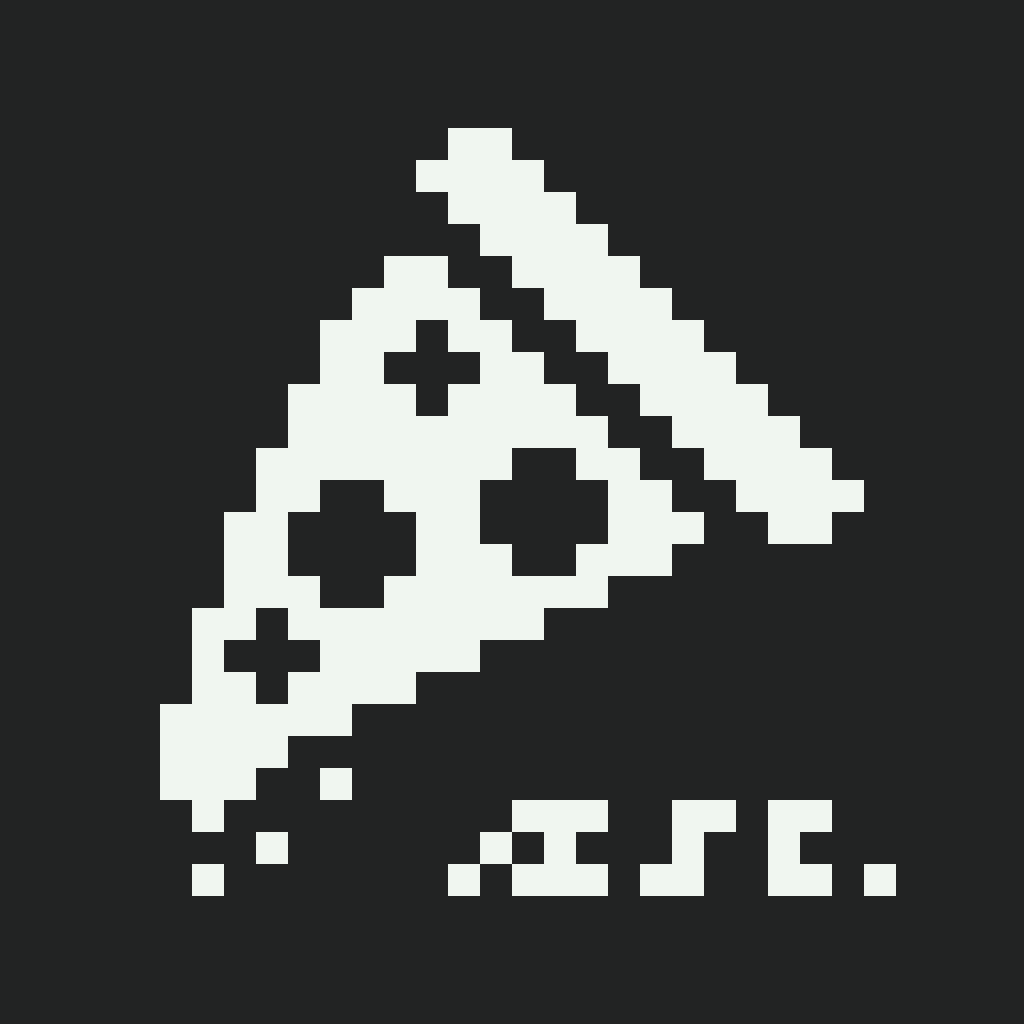








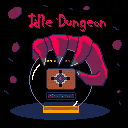
 18 comments
18 comments
